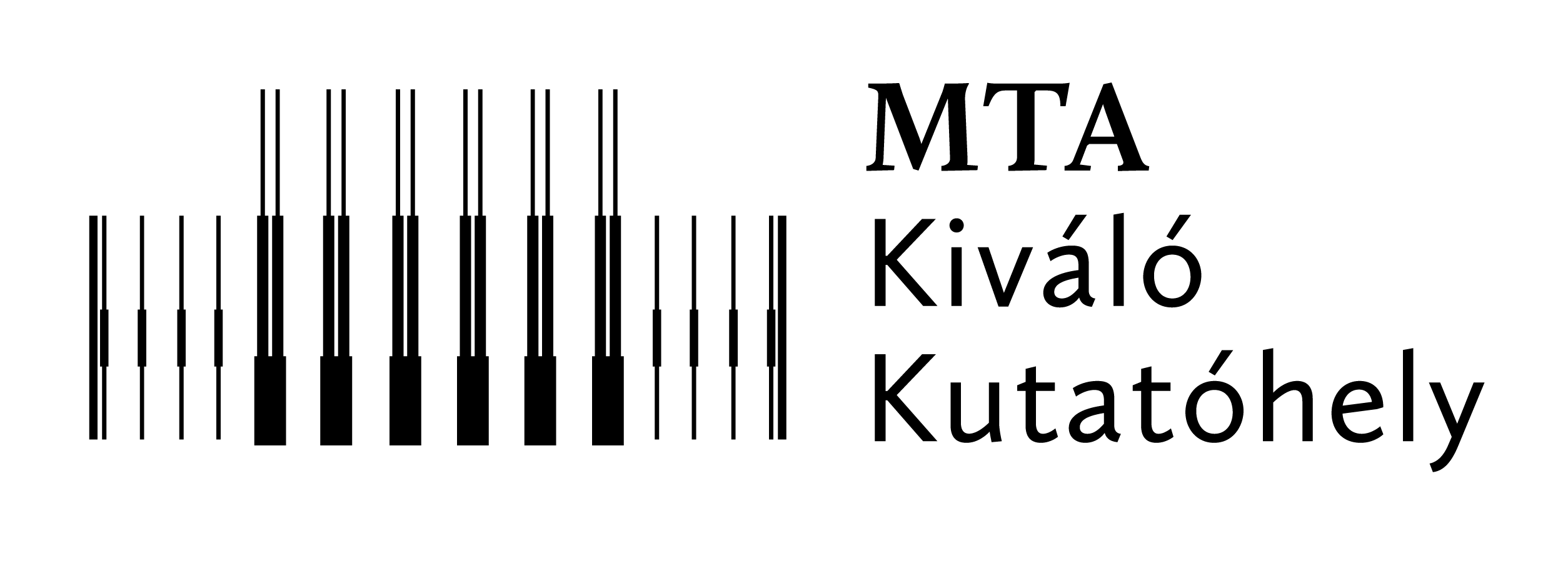Előadó: Máthé Marcell Tibor (HUN-REN Wigner FK SZFI)
Előadás címe: Instabilities and cross effects in ferroelectric nematic liquid crystals
Dátum: 2024. február 27. kedd, 10.00,
Helyszín: KFKI Telephely, I. épület 1. emeleti Tanácsterem
Összefoglaló:
Experimental confirmation of the existence of the first three-dimensional liquid with ferroelectric properties was achieved a few years ago. The ferroelectric nematic liquid crystals exhibit huge spontaneous electric polarization while keeping fluidity. The topic of the presented PhD work covers the discovered cross-effects and electric field induced instabilities in polar nematics.
The unusual symmetry of the phase allowed the exploration of new cross effects in ferroelectric liquids. I will present a thermo-hydrodynamical effect in sessile droplets, where a temperature gradient can induce stable flow of the material [1]. Furthermore, I will describe the presence of inverse piezoelectricity (electric field induced mechanical vibration) in polar nematic films [2].
I will show interfacial instabilities in liquid bridges and in sessile droplets in the presence of external electric fields [3]. The primary instability called ramification induces the growth of stable branches from the liquid leading to the formation of fractal-like structures. A secondary instability resembles to the Rosensweig type labyrinthine instability observed in ferrofluids and in dielectrics, nonetheless in our case the required threshold field was orders of magnitude smaller. To understand these instabilities, I conducted various experiments and simulations using the finite element method. It has turned out that the interfacial instabilities can cause droplet fragmentation, resulting in the creation of distinct active particle-like objects called "febots". When subjected to a specific voltage and frequency range, febots exhibit a high degree of mobility, forming a new type of artificial self-propelled active system. I will present the characteristic properties and the statistical analysis of the febot motion.
Finally, the filament forming ability of polar nematics is discussed [4]. I will present how ferroelectric fluid fibres are stabilised without and with the presence of an external electric field. Additionally, new measurement techniques for determining physical parameters of ferroelectric nematics, such as spontaneous electric polarization and viscosity, are presented.
References:
[1] M.T. Máthé, Á. Buka, A. Jákli, P. Salamon, Ferroelectric nematic liquid crystal thermomotor, Physical Review E 105, L052701 (2022) DOI: https://doi.org/10.1103/PhysRevE.105.L052701
[2] M.T. Máthé, M.S.H. Himel, A. Adaka, J.T. Gleeson, S. Sprunt, P. Salamon, A. Jákli, Liquid Piezoelectric Materials: Linear Electromechanical Effect in Fluid Ferroelectric Nematic Liquid Crystals, Advanced Functional Materials, 2314158 (2024) DOI: https://doi.org/10.1002/adfm.202314158
[3] M.T. Máthé, B. Farkas, L. Péter, Á. Buka, A. Jákli, P. Salamon, Electric field-induced interfacial instability in a ferroelectric nematic liquid crystal, Scientific Reports 13, 6981 (2023) DOI: https://doi.org/10.1038/s41598-023-34067-1
[4] M.T. Máthé, K. Perera, Á. Buka, P. Salamon, A. Jákli, Fluid Ferroelectric Filaments, Advanced Science 2305950 (2024) DOI: https://doi.org/10.1002/advs.202305950



